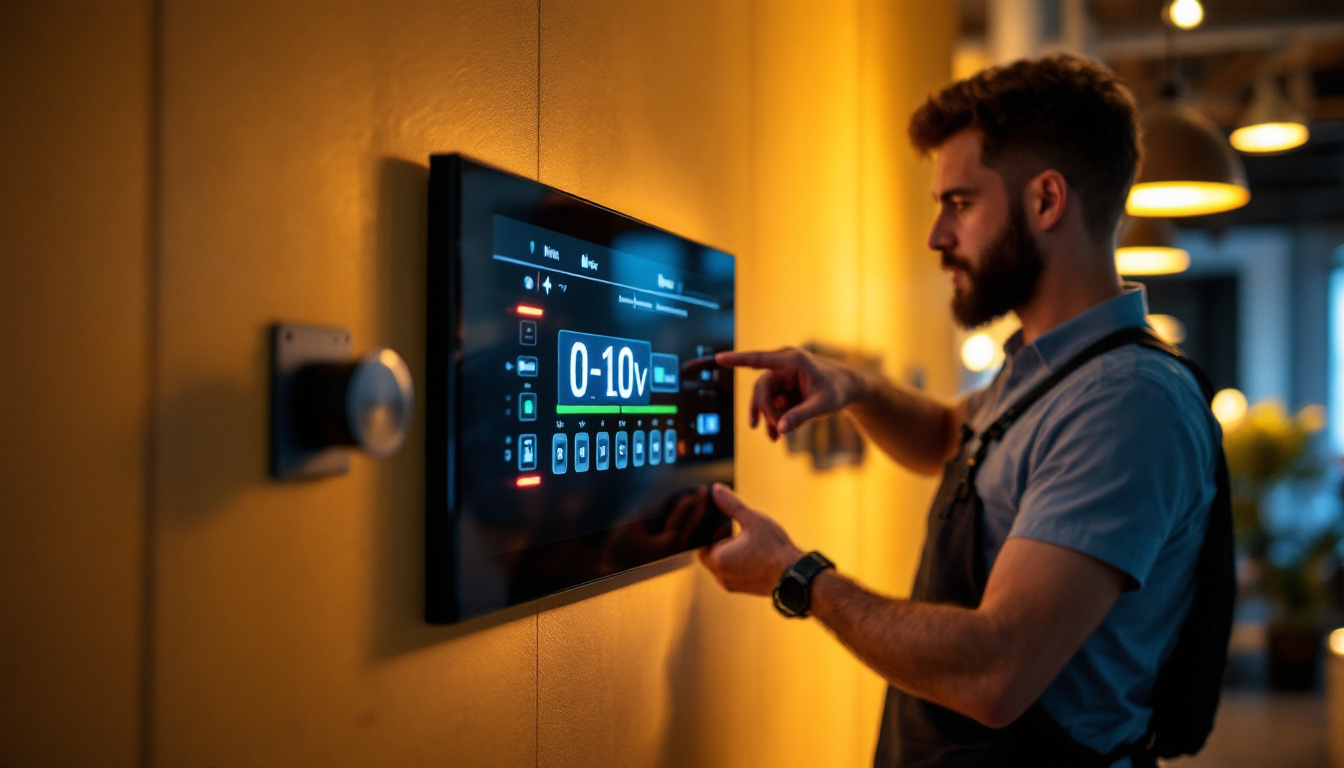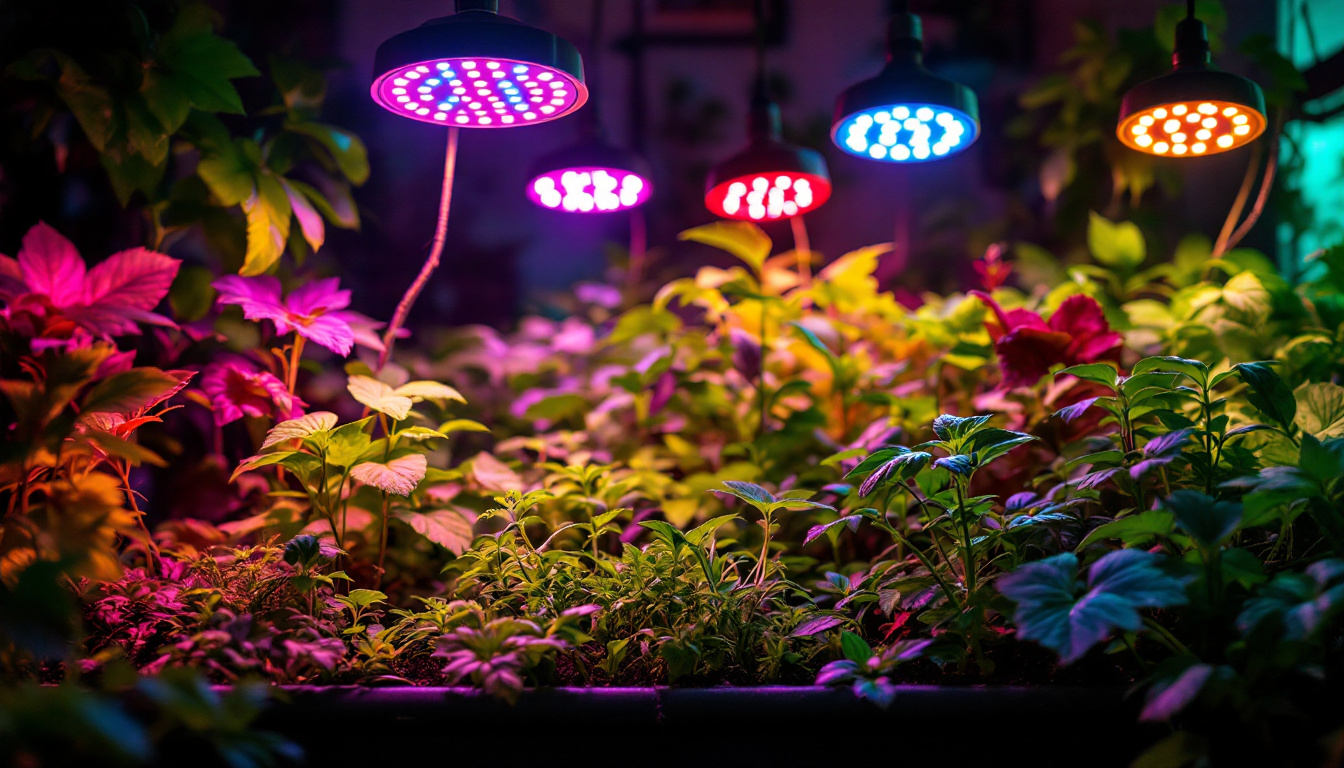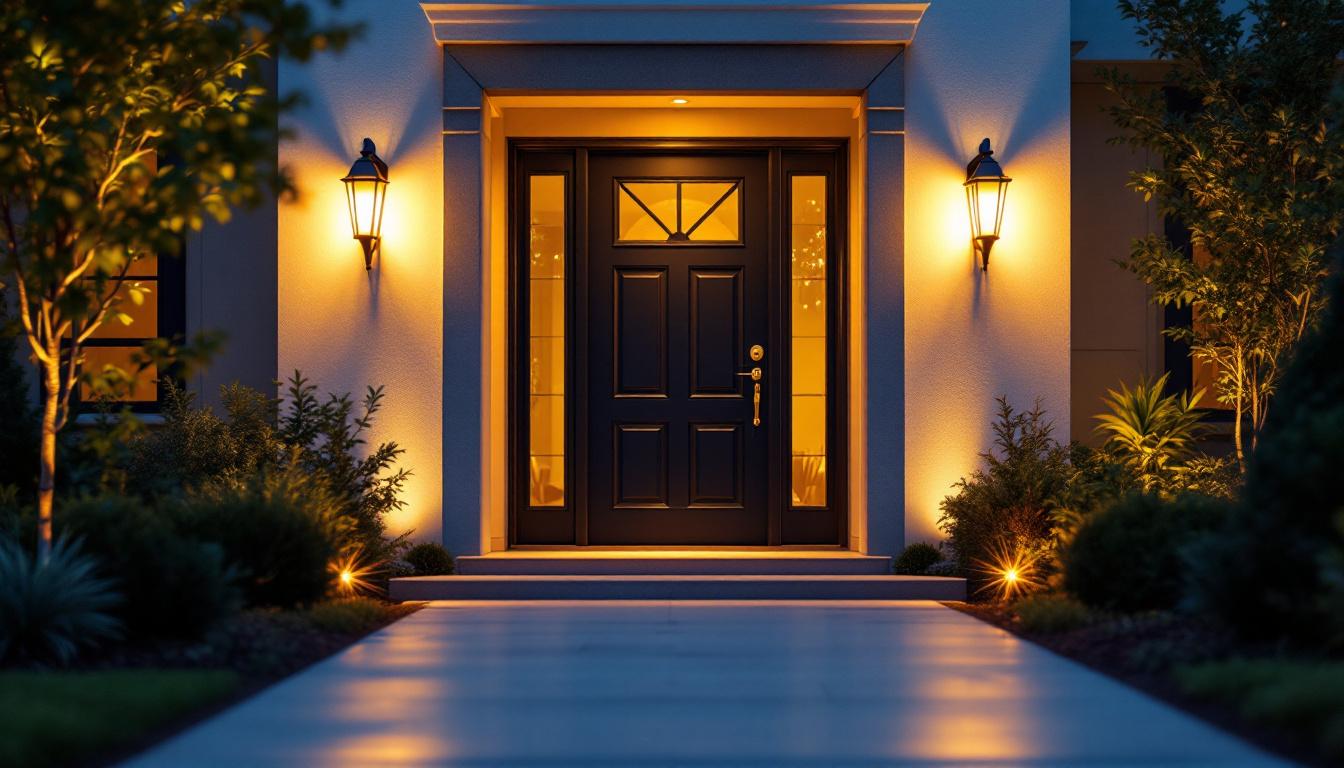
Lighting contractors play a crucial role in transforming spaces through effective lighting solutions. One of the most innovative tools in their arsenal is the canned light conversion kit. This article delves into the essential aspects of these kits, highlighting their benefits, installation processes, and considerations that every lighting contractor should keep in mind.
Canned light conversion kits are designed to upgrade traditional recessed lighting fixtures to more energy-efficient LED options. These kits typically include all necessary components, such as LED bulbs, trim, and wiring, allowing for a straightforward installation process. The primary goal is to enhance lighting quality while reducing energy consumption and maintenance costs.
Most canned light conversion kits come with several key components. The LED module is the heart of the kit, providing the light source. Additionally, the trim is designed to fit into the existing housing, ensuring a seamless appearance. Some kits may also include a driver, which regulates the power supply to the LED module, enhancing efficiency and longevity.
Understanding these components helps contractors select the right kit for their projects. Each component plays a significant role in the overall performance and aesthetic of the lighting solution, making it essential to choose high-quality products. Furthermore, many kits offer options for different color temperatures, allowing users to customize the ambiance of their spaces. For instance, a warm white light can create a cozy atmosphere in living areas, while a cooler daylight option may be more suitable for workspaces, promoting alertness and productivity.
One of the primary benefits of canned light conversion kits is their energy efficiency. LED lighting consumes significantly less power compared to traditional incandescent or halogen bulbs, leading to lower energy bills for clients. Additionally, LEDs have a longer lifespan, reducing the frequency of replacements and maintenance.
Another advantage is the versatility of these kits. They can be used in various settings, from residential to commercial spaces. This adaptability allows contractors to cater to a wide range of client needs, enhancing their service offerings and potential revenue streams. Moreover, the ease of installation means that even DIY enthusiasts can tackle these upgrades, making it an attractive option for homeowners looking to improve their lighting without the need for professional help. The environmental benefits also cannot be overlooked; by switching to LED, users contribute to reducing their carbon footprint, aligning with the growing trend of eco-conscious living.
The installation of a canned light conversion kit is generally straightforward, but it requires attention to detail and adherence to safety protocols. Here’s a step-by-step guide to ensure a successful installation.
Before beginning any installation, it is crucial to turn off the power at the circuit breaker. This step ensures the safety of the contractor and prevents any electrical hazards during the installation process. Additionally, using appropriate personal protective equipment (PPE) is recommended to safeguard against potential injuries.
Once safety measures are in place, assess the existing recessed lighting fixtures. Contractors should ensure that the housing is compatible with the chosen conversion kit. This compatibility check can save time and resources during the installation process. It’s also wise to inspect the wiring for any signs of wear or damage, as this could impact the performance of the new lighting system. If any issues are found, addressing them before proceeding with the installation will ensure a safer and more effective outcome.
The installation process typically involves removing the existing bulb and trim from the recessed housing. Afterward, the contractor will attach the LED module to the existing housing, ensuring a secure fit. It is essential to follow the manufacturer’s instructions closely, as different kits may have specific requirements. Furthermore, it’s beneficial to familiarize oneself with the specific tools needed for the job, such as screwdrivers, pliers, and wire strippers, to streamline the process.
Once the LED module is in place, the trim can be installed. This step often involves simply snapping the trim into position, providing a clean and finished look. It’s important to choose a trim style that complements the overall aesthetic of the room, as this can significantly enhance the visual appeal of the lighting. Finally, restore power to the circuit and test the new lighting to ensure everything is functioning correctly. Observing the color temperature and brightness can help determine if adjustments are needed to achieve the desired ambiance in the space.
While canned light conversion kits offer numerous advantages, there are several considerations that lighting contractors should keep in mind to ensure successful installations and satisfied clients.
Educating clients about the benefits of LED lighting is essential. Many clients may be hesitant to invest in new technology due to misconceptions about LED lighting. Contractors should take the time to explain the long-term savings associated with energy efficiency, as well as the improved quality of light that LEDs provide.
Providing clients with information on the lifespan and maintenance of LED fixtures can also help alleviate concerns. Highlighting the reduced frequency of replacements can be a significant selling point, especially for commercial clients who may be concerned about downtime and maintenance costs. Furthermore, discussing the environmental benefits of LED lighting, such as reduced carbon emissions and lower energy consumption, can resonate with clients who prioritize sustainability in their business practices. By framing the transition to LED lighting as not just a financial investment but also a commitment to greener practices, contractors can foster a deeper connection with their clients.
Not all canned light conversion kits are created equal. Contractors should prioritize high-quality products to ensure the best results for their clients. Researching reputable manufacturers and reading reviews can help in selecting kits that offer durability and performance.
Additionally, understanding the warranty and support options available for the products can provide peace of mind for both contractors and clients. A solid warranty can indicate a manufacturer’s confidence in their product, which can be a deciding factor for contractors when making purchasing decisions. It’s also beneficial for contractors to stay updated on the latest advancements in lighting technology, as innovations in LED design and efficiency continue to evolve. This knowledge can empower contractors to recommend the most suitable options for different applications, whether it’s for residential, commercial, or industrial settings. By being well-informed, contractors can enhance their credibility and provide tailored solutions that meet the unique needs of each client.
The lighting industry is continually evolving, and staying updated on the latest trends can help contractors remain competitive. Canned light conversion kits are no exception, with several emerging trends shaping their development and application.
One of the most significant trends in lighting is the integration of smart technology. Many canned light conversion kits now offer compatibility with smart home systems, allowing for remote control and automation of lighting. This feature appeals to tech-savvy clients looking for convenience and enhanced control over their lighting environments.
Contractors should familiarize themselves with the various smart lighting options available, as well as the installation requirements. Offering smart lighting solutions can set contractors apart from competitors and attract a broader client base.
Another trend is the focus on design aesthetics. Clients are increasingly interested in the visual appeal of their lighting fixtures. Canned light conversion kits are now available in various styles and finishes, allowing contractors to meet diverse design preferences.
Understanding current design trends and being able to offer stylish lighting solutions can enhance a contractor’s reputation and lead to more referrals. Staying informed about popular styles, such as minimalist or industrial designs, can help contractors make informed recommendations to their clients.
While there are numerous benefits to using canned light conversion kits, contractors may face challenges in the market. Understanding these challenges can help contractors navigate potential obstacles and find solutions.
The lighting industry is highly competitive, and pricing can be a significant factor in winning contracts. Contractors must balance offering competitive prices while maintaining quality. This balance can be challenging, especially when dealing with high-quality products that may come at a premium price.
Building strong relationships with suppliers can help contractors secure better pricing and access to exclusive products. Additionally, providing exceptional customer service and education can justify higher prices, as clients may be willing to pay more for quality and expertise.
As energy efficiency standards continue to evolve, contractors must stay informed about regulatory compliance related to lighting installations. Understanding local codes and regulations is crucial to ensure that all installations meet safety and efficiency standards.
Failing to comply with regulations can lead to fines and damage to a contractor’s reputation. Regular training and education on industry standards can help contractors remain compliant and knowledgeable about the latest requirements.
Canned light conversion kits represent a significant advancement in the lighting industry, offering numerous benefits for both contractors and clients. By understanding the components, installation processes, and market trends, lighting contractors can effectively leverage these kits to enhance their service offerings.
As the industry continues to evolve, staying informed about emerging technologies and design trends will be essential. By focusing on quality products, client education, and compliance, contractors can navigate the challenges of the market and position themselves as leaders in the lighting industry.
In summary, the canned light conversion kit is more than just a tool; it is an opportunity for lighting contractors to elevate their services, meet client needs, and contribute to more energy-efficient environments. Embracing this technology can lead to increased client satisfaction and long-term success in the lighting industry.
Ready to take your lighting services to the next level? At LumenWholesale, we provide lighting contractors like you with the highest quality, spec-grade canned light conversion kits and more, all at unbeatable wholesale prices. Say goodbye to the middleman and hello to superior products, free shipping, and the best value for your investment. Elevate your projects with reliable, high-performance lighting solutions that meet the highest industry standards. Don’t compromise on quality or price. Discover wholesale lighting at the best value today and light up your clients’ spaces with confidence and convenience.

Discover the essential role of 0-10V dimming in modern lighting solutions and why it’s a must-have for every lighting contractor.

Discover the transformative power of LED grow lights with expert insights from top lighting contractors.

Discover expert insights from top lighting contractors in this comprehensive guide to ceiling fan stores.

Discover how entrance door lights are revolutionizing the lighting industry for contractors.